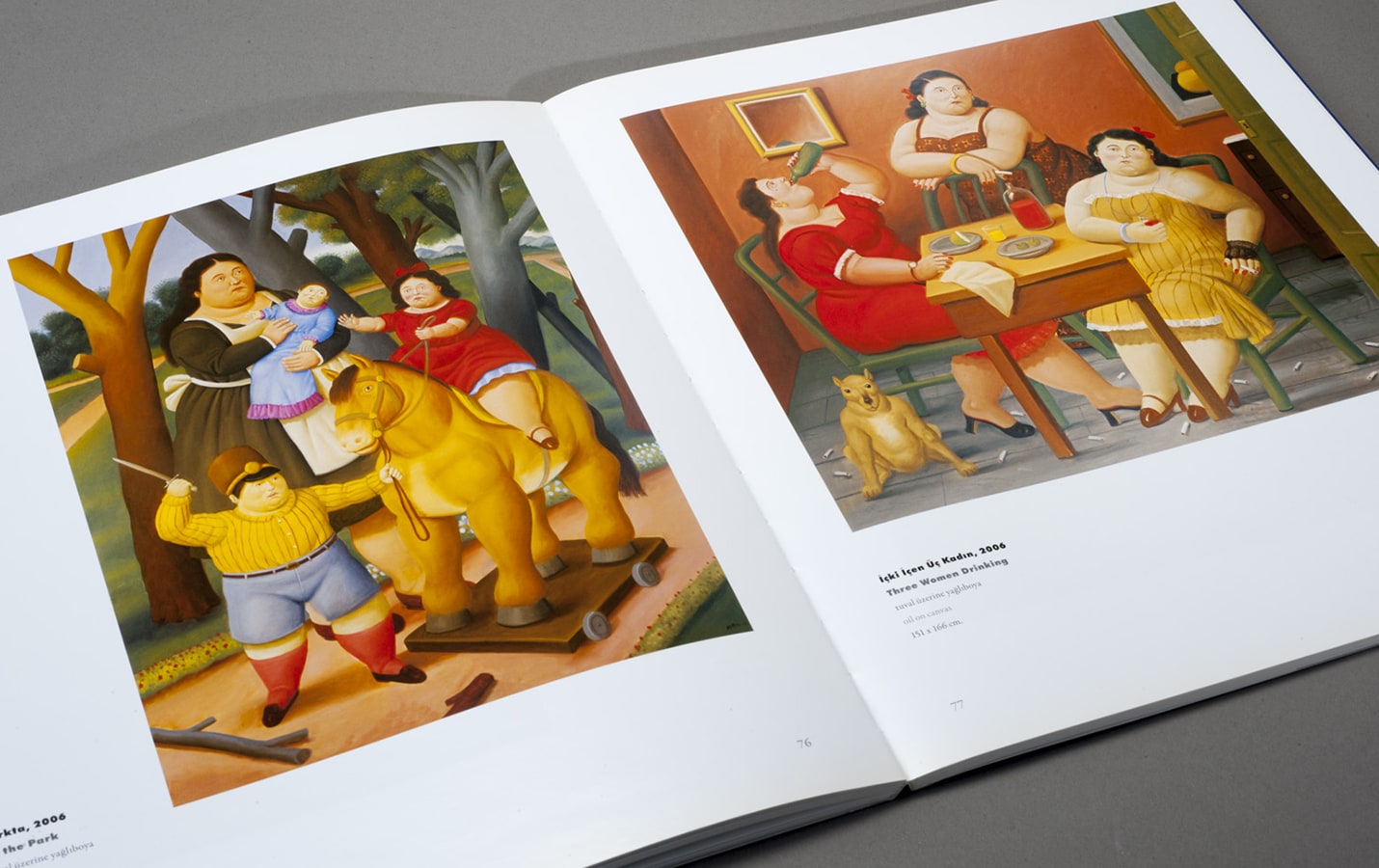May 4 - July 18, 2010
One of the most intriguing artists of the 21st century, Fernando Botero met Turkish art lovers for the first time at the Pera Museum, where a selection of 64 paintings was exhibited. Botero has brought a new interpretation of the aesthetics of our time, and the exhibition depicted this interpretation in six sections - the circus, the bullfight, Latin American people, Latin American life, still lifes and versions from past masters of history of art. The works of the Colombian artist contain many references to his own culture and life, and in a unique style they question the concept of beauty in our century.
This exhibition was achieved with the support of the Honorary Consulate of Colombia, The Spanish Embassy and Instituto Cervantes, Istanbul.
Exhibition Catalogue

One of the most intriguing artists of the 21st century, Fernando Botero met Turkish art lovers for the first time at the Pera Museum, where a selection of 64 paintings was exhibited....
Video
Tuesday - Saturday 10:00 - 19:00
Friday 10:00 - 22:00
Sunday 12:00 - 18:00
The museum is closed on Mondays.
On Wednesdays, the students can
visit the museum free of admission.
Full ticket: 300 TL
Discounted: 150 TL
Groups: 200 TL (minimum 10 people)